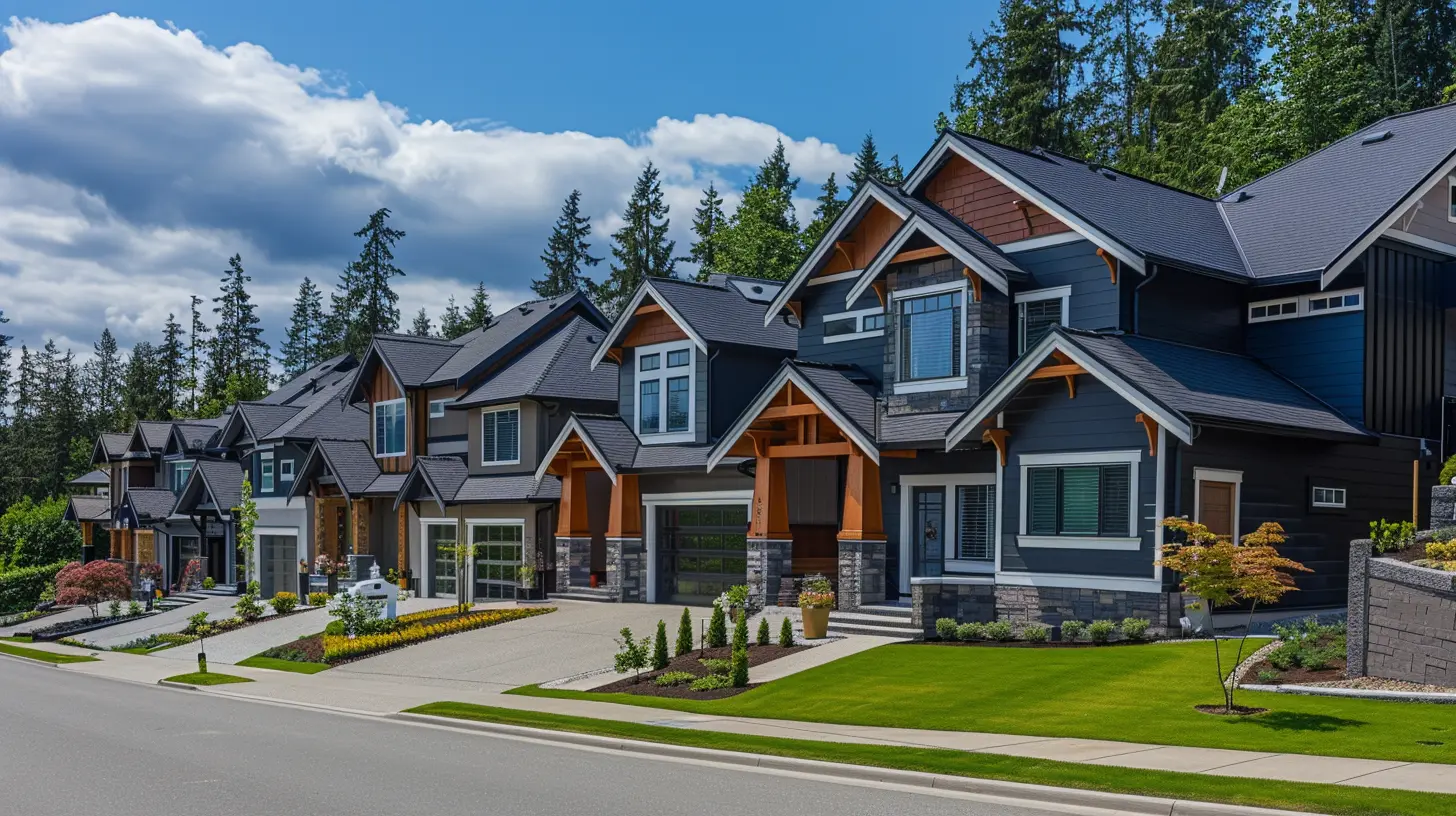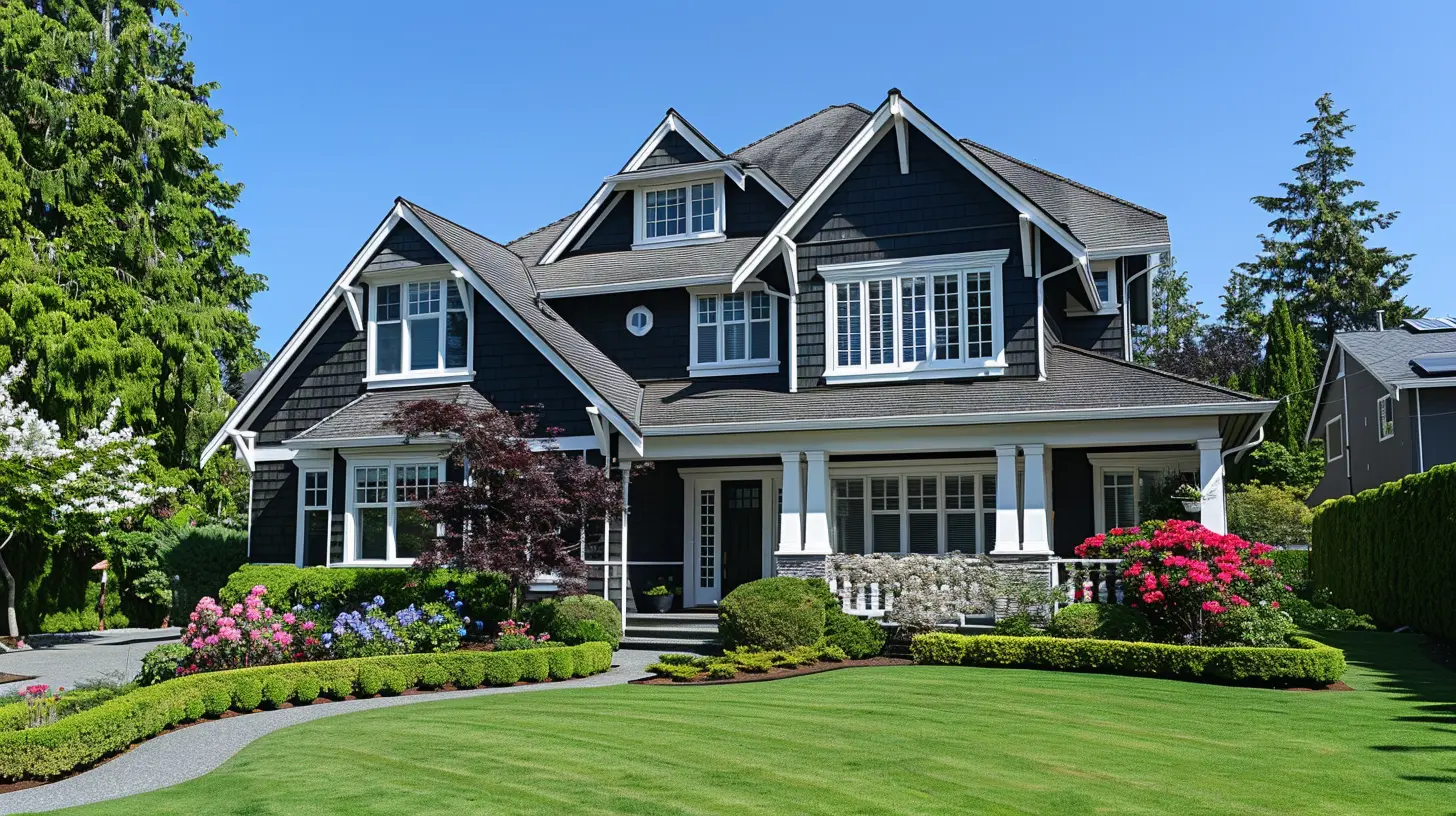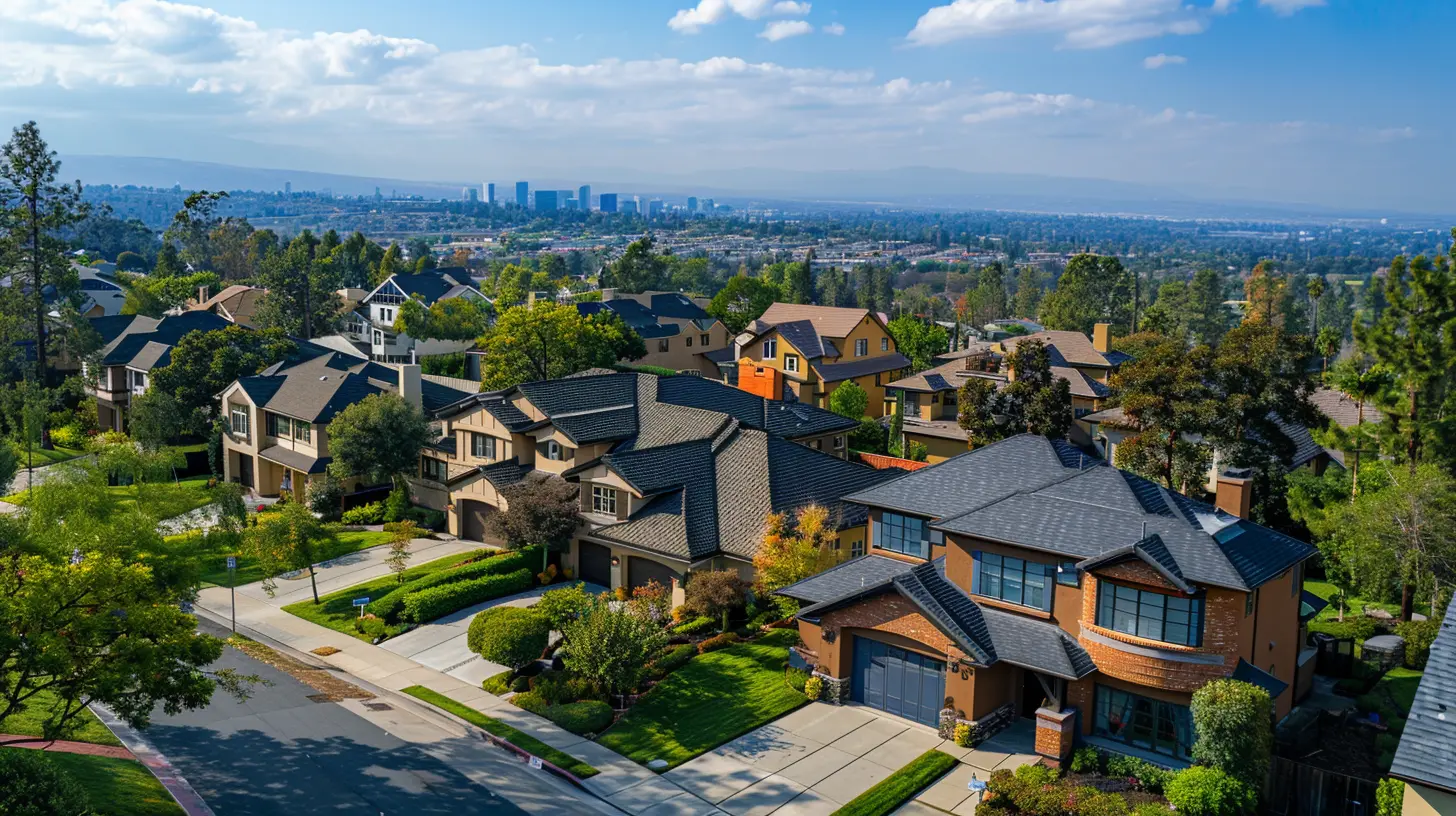The Ultimate Guide to Flipping Homes for Profit
22 August 2025
Flipping houses isn’t just about buying a home, slapping on a fresh coat of paint, and selling it for a profit. It’s an art—and a science. Whether you're new to real estate investing or looking to sharpen your skills, knowing the right steps can mean the difference between a profitable flip and a financial disaster.
In this guide, we’ll break down everything you need to know to successfully flip houses, from finding the right property to selling it for maximum profit. 
What is House Flipping?
Simply put, house flipping is the process of buying a property at a lower price, making improvements, and selling it for a profit. Sounds simple, right? Well, not quite. There are plenty of pitfalls that can turn a promising deal into a money pit. But with the right strategy, flipping homes can be a lucrative business.
Step 1: Know Your Market
Before you even think about buying a house to flip, you need to understand the market.- Research Local Trends – What’s selling? What areas are up-and-coming?
- Understand Buyer Demand – Are buyers looking for starter homes, luxury properties, or something in between?
- Check Out the Competition – Look at recently sold homes to get an idea of pricing and features that attract buyers.
A mistake many new investors make is assuming every cheap house is a good flip. Not every "fixer-upper" will turn into a success story. 
Step 2: Set a Budget
Your budget isn’t just about the cost of the house. It includes:- Purchase Price – How much you’re paying for the property.
- Renovation Costs – Materials, labor, and unexpected repairs (because there will be some).
- Holding Costs – Property taxes, insurance, utilities, and mortgage payments while you own the home.
- Selling Costs – Real estate agent commissions, closing costs, and staging.
A good rule of thumb? Never invest more than 70% of the home's after-repair value (ARV) minus repair costs.
For example, if a home’s ARV is $250,000 and needs $40,000 in repairs, you shouldn’t pay more than:
(70% of $250,000) - $40,000 = $135,000
Stick to the math—emotions have no place in house flipping. 
Step 3: Find the Right Property
Finding the perfect house to flip is a mix of patience and persistence. Here are some ways to track down a great deal:- Foreclosures – Many banks sell repossessed homes at discounted prices.
- Short Sales – Homeowners in distress may sell at a lower price to avoid foreclosure.
- Auctions – Properties sold at auction can be amazing deals—but do your homework!
- Wholesale Deals – Some investors specialize in finding off-market homes and selling them to flippers.
Look for homes with "good bones"—solid structure, decent layout, and no major foundation or roofing issues. Cosmetic fixes are easy; structural problems can turn into a nightmare.
Step 4: Renovate Smartly
The key to a successful flip is making strategic improvements. Not every home needs a high-end kitchen or brand-new bathrooms.Focus on:
- Curb Appeal – The outside of the home is the first thing buyers see. A fresh coat of paint, new landscaping, and an inviting entry can work wonders.
- Kitchens & Bathrooms – These rooms sell homes, but don’t go overboard. Updated countertops and modern fixtures can make a huge difference.
- Flooring & Paint – Neutral tones and modern flooring can transform a space without breaking the bank.
- Fixing Major Issues – Electrical, plumbing, or roofing problems? Fix them. Buyers will walk away from a home that has hidden surprises.
Avoid luxury renovations unless you're flipping in a market that demands high-end finishes. Keep it simple, functional, and appealing to a broad audience.
Step 5: Stick to a Timeline
Time is money in real estate. Every day you own the property, you're paying for taxes, utilities, and financing costs. Delays eat into your profits.Create a detailed renovation timeline and stick to it. If possible, work with contractors who have experience with house flips—they understand the urgency of getting the job done efficiently.
A typical flip can take anywhere from 3-6 months, including renovations and selling time. The faster you can turn around a home, the better.
Step 6: Price It Right
Pricing a flipped home too high can cause it to sit on the market, costing you money in holding costs. Pricing too low means leaving profit on the table.Here's how to get it right:
- Compare Recent Sales – Look at similar homes in the area that have sold recently.
- Consider Market Conditions – In a seller’s market, you might price slightly higher. In a buyer’s market, you may need to be more competitive.
- Think Like a Buyer – Would you pay that price for the home? Be honest!
If you price it right from the start, your home will sell faster, maximizing profits and minimizing costs.
Step 7: Market and Sell the Home
Once the renovations are done, it’s time to sell. A great marketing strategy can make all the difference.- Stage the Home – Help buyers visualize themselves living there.
- Use Professional Photos – High-quality images attract more attention.
- Leverage Online Listings – Zillow, Realtor.com, and social media can generate interest.
- Host Open Houses – Let potential buyers experience the home in person.
A good real estate agent can be worth their weight in gold when it comes to getting top dollar for your flip.
Common Mistakes to Avoid
Even seasoned flippers make mistakes. Here are a few pitfalls to watch out for:- Underestimating Renovation Costs – Always expect the unexpected.
- Over-Improving the Home – Don’t invest in upgrades that won’t increase value.
- Skipping Inspections – Missing major issues can destroy your profit margin.
- Holding Too Long – The longer you hold a property, the more costs eat away at your profit.
Flipping is a business, not a hobby. Treat it like one, and you’ll see success.
Is House Flipping Right for You?
Flipping homes can be incredibly rewarding, but it’s not for the faint of heart. It requires patience, research, and financial discipline. If you’re willing to put in the work, it can be a fantastic way to build wealth through real estate.The key takeaway? Know your numbers, plan wisely, and always expect the unexpected. If you do that, you’re well on your way to flipping homes for profit!
all images in this post were generated using AI tools
Category:
Investment PropertiesAuthor:

Basil Horne
Discussion
rate this article
1 comments
Lira Cannon
This guide brilliantly outlines essential strategies for successful home flipping, emphasizing market research, renovation tips, and financial calculations. It’s a must-read for both seasoned investors and newcomers looking to navigate the complexities of real estate while maximizing profit potential. Great insights!
September 3, 2025 at 2:23 AM

Basil Horne
Thank you for your kind words! I'm glad you found the guide helpful. Happy flipping!


